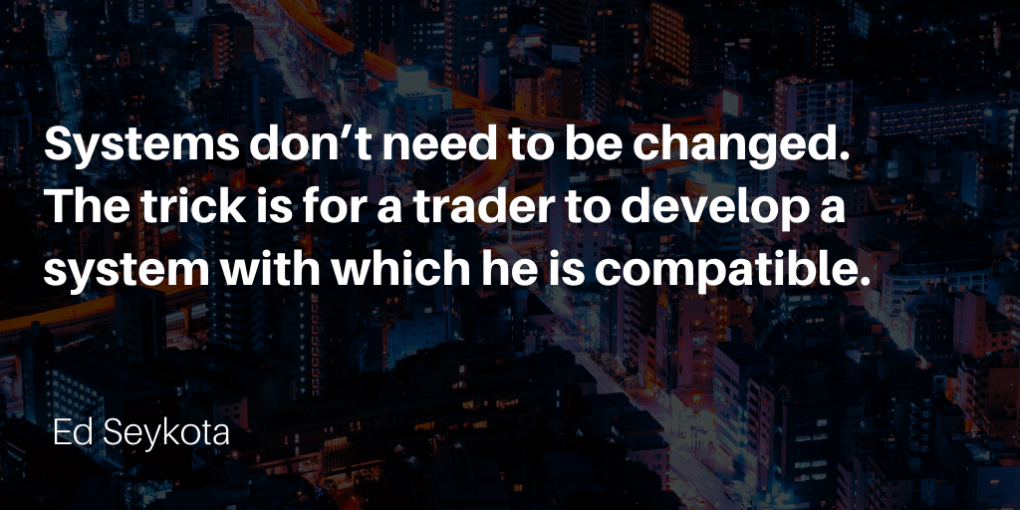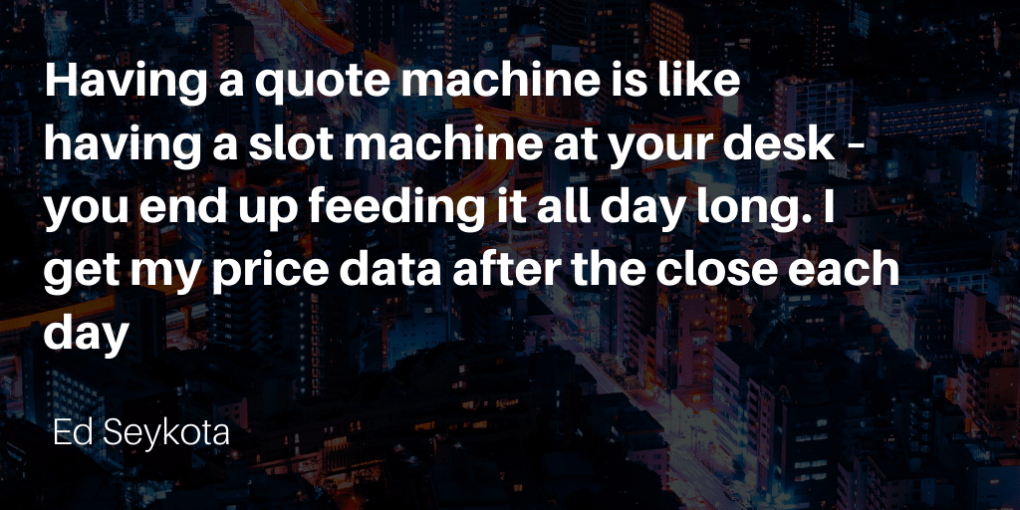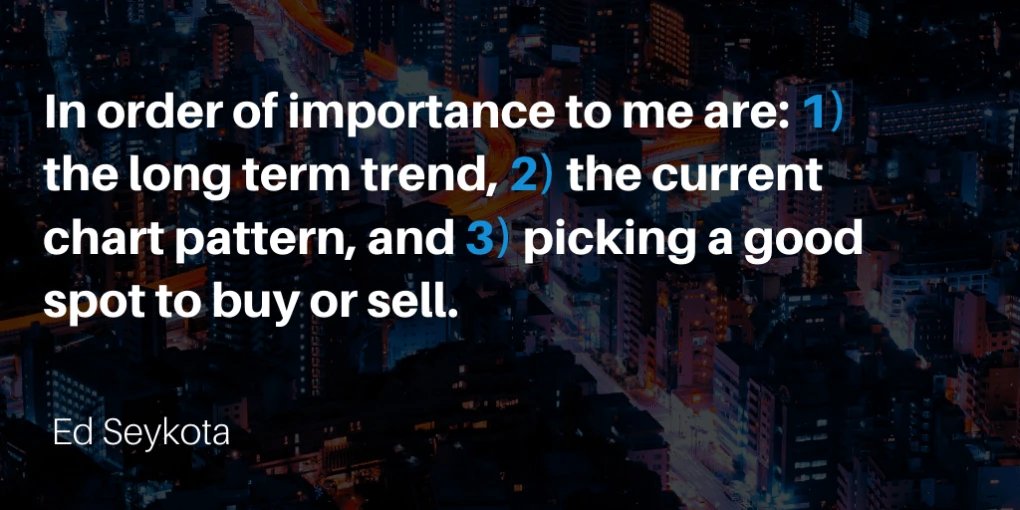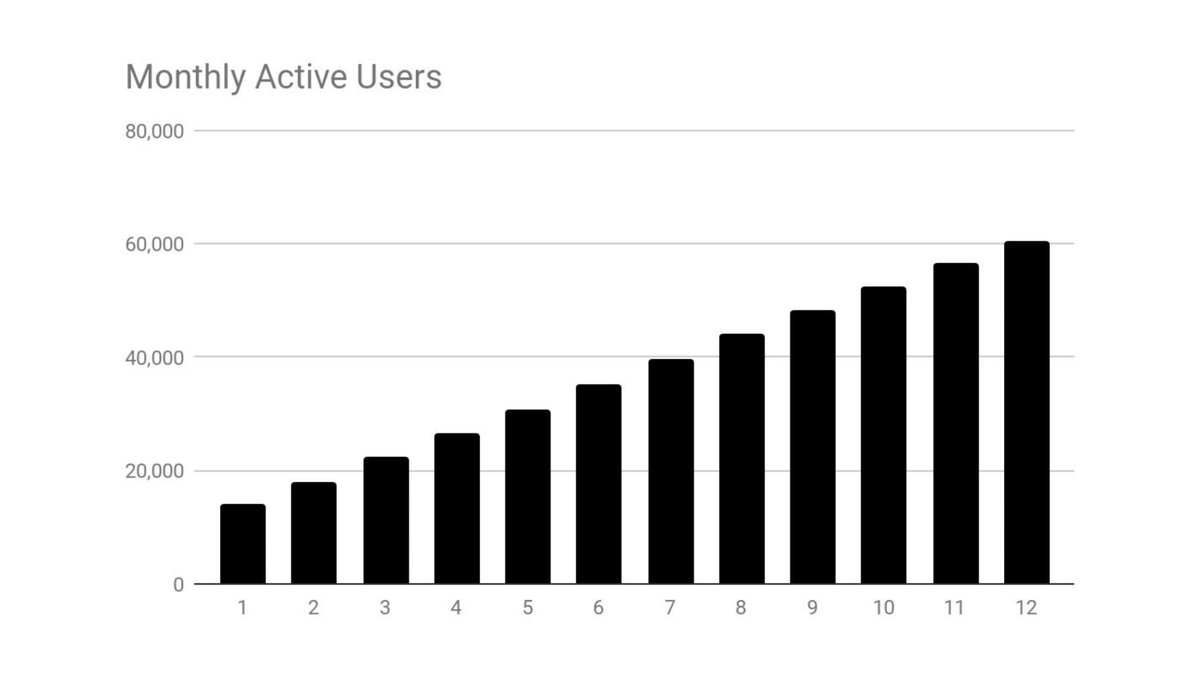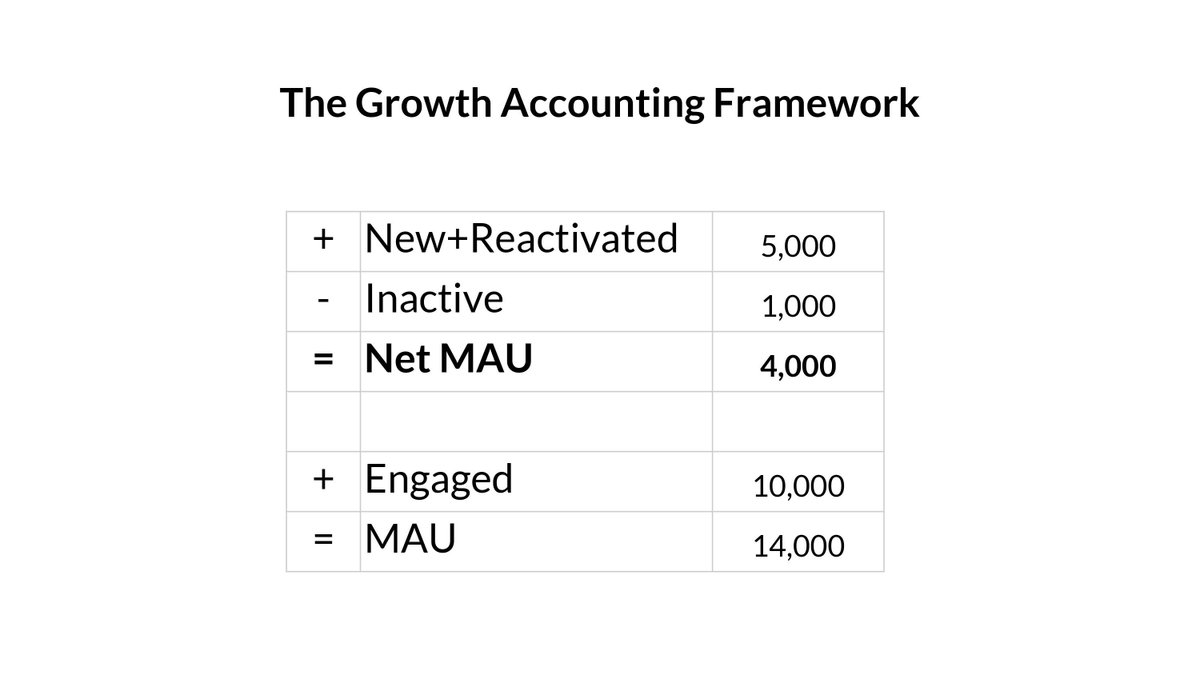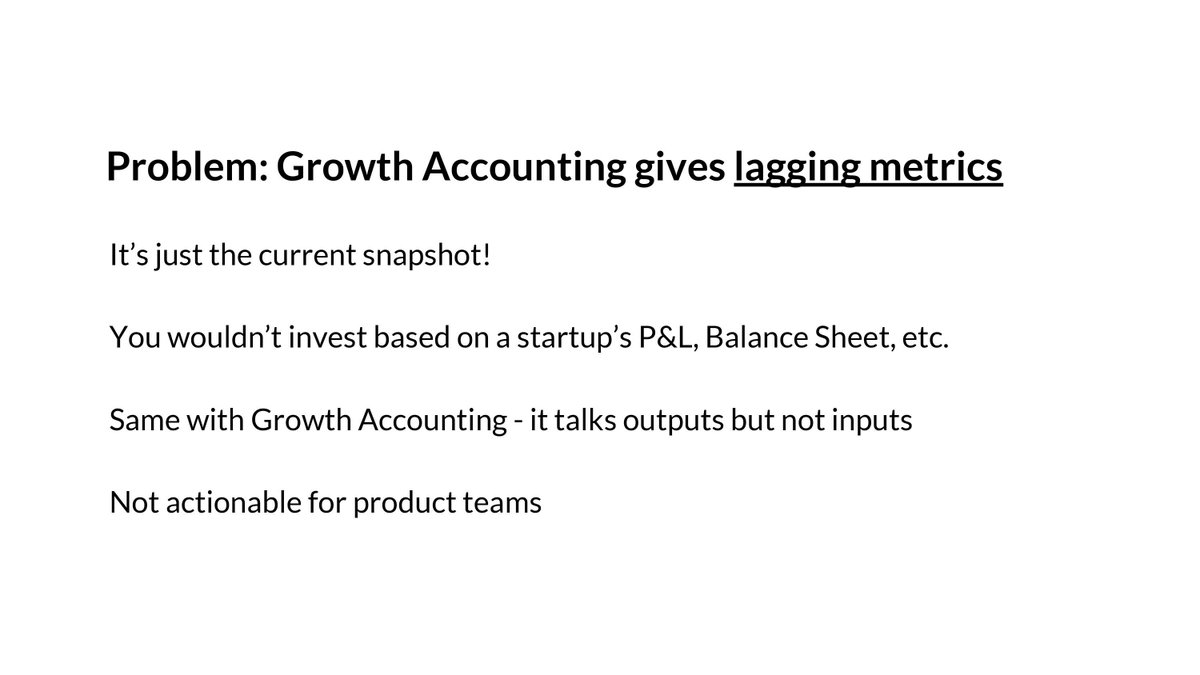How To Reach Peak Trading Performance (Thread)
Learning to trade, analyze charts, and manage risk are skills that you can carry with you for a lifetime.
However with discipline and hardwork, everyone can move on to the next one
Do you want to learn and improve at trading and build wealth over time?
Position Sizes, entry points, and stop-loss levels can all be determined in advance.
Focusing on low potential/quality stocks & setups
Entering at non-optimal points (extended from a pivot/support)
Being inconsistent with position sizes and stop losses.
Trading out of tune with the market
Books, seminars, and videos from experienced traders sharing mistakes & lessons can provide the foundation to quickly accelerate your learning curve.
Having the discipline to wait for the right pitch becomes critical.
During this phase the goal is to simply perform.
Daily and weekend routines keep them in touch with market conditions, what types of setups are working, and high potential ideas for the trading day.
The goal is to perform when the conditions are right and increase their equity curve, and then scale back to minimal exposure when conditions change.
Go flat, perform, repeat.
Learn to recognize which phase you are currently in.
More from TraderLion
More from Traderlion
The Importance of Trading Rules (Quick thread)
Last week I sent out this poll asking if people have a written
Over 60% of people said they did not have one.
It's now one of my main goals to get as many people as possible to commit to writing their own rules which codify their goals and methods.
I strongly believe that writing down your strategy especially if you are a new trader/investor will lead to improved and more consistent performance in the stock market.
Trading the markets is a tough business, money is on the line and emotions can run high.
Preparing ahead of time is essential so that in the moment you are just executing your plan.
This is the best way to stay in the game for the long haul
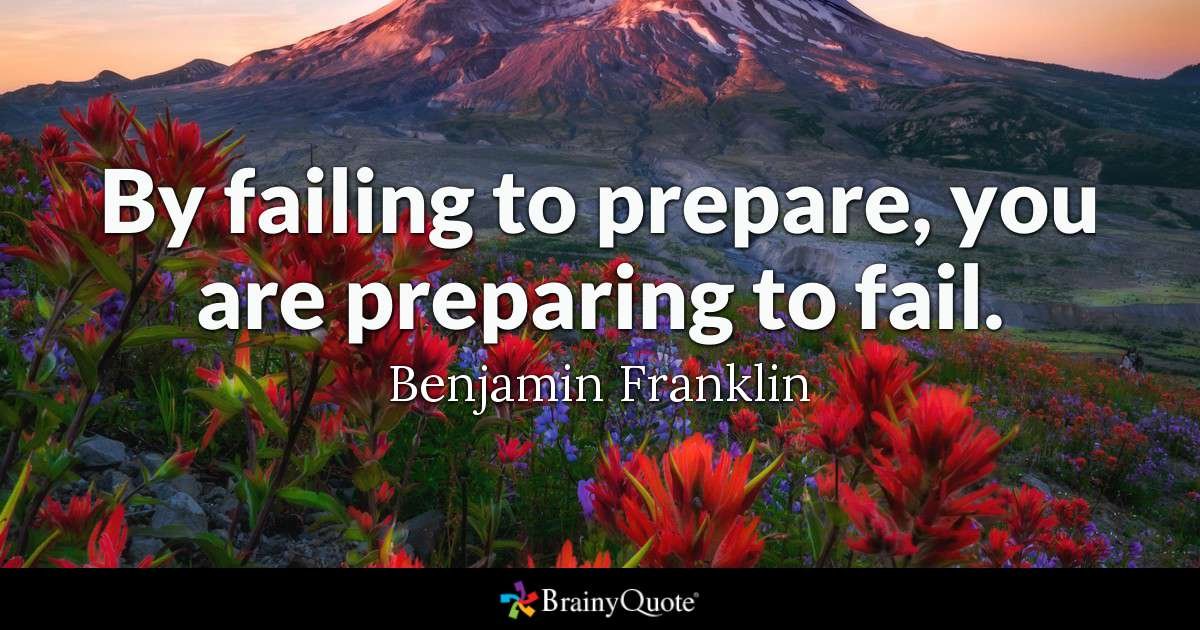
Last week I sent out this poll asking if people have a written
Do you have a written Trading/Investing Plan?
— Richard Moglen \U0001f4fd\ufe0f\U0001f981\U0001f6a2 (@RichardMoglen) March 7, 2021
Over 60% of people said they did not have one.
It's now one of my main goals to get as many people as possible to commit to writing their own rules which codify their goals and methods.
I strongly believe that writing down your strategy especially if you are a new trader/investor will lead to improved and more consistent performance in the stock market.
Trading the markets is a tough business, money is on the line and emotions can run high.
Preparing ahead of time is essential so that in the moment you are just executing your plan.
This is the best way to stay in the game for the long haul




